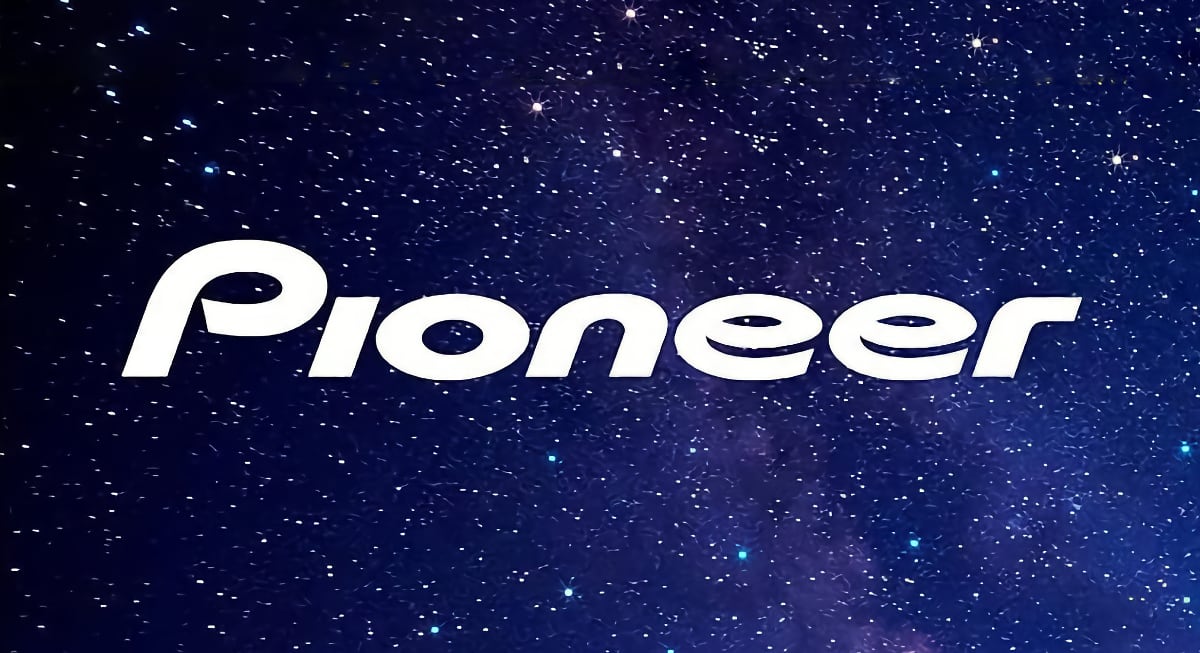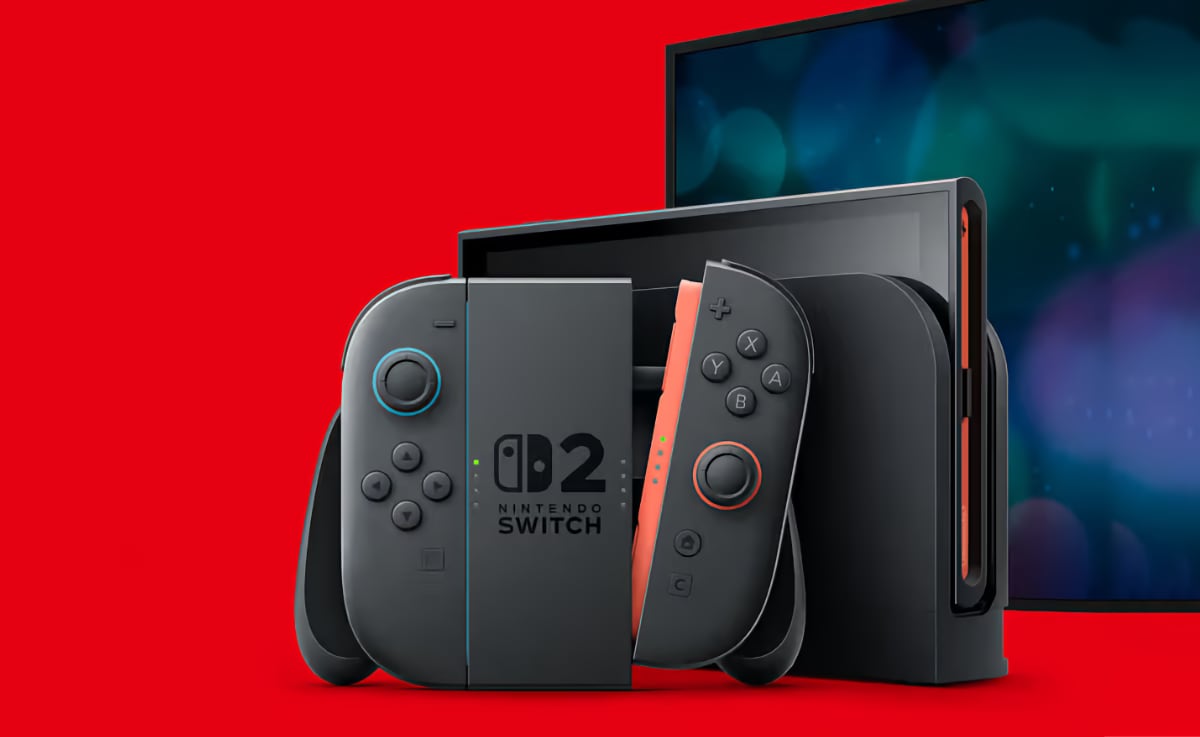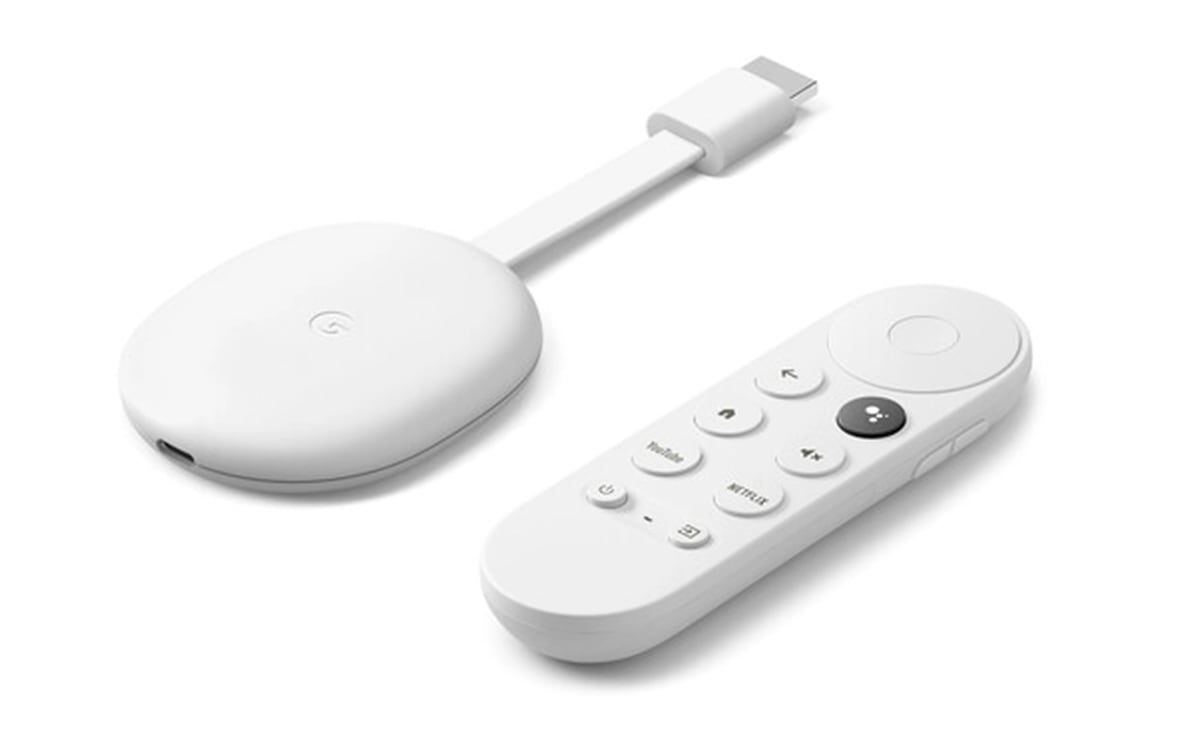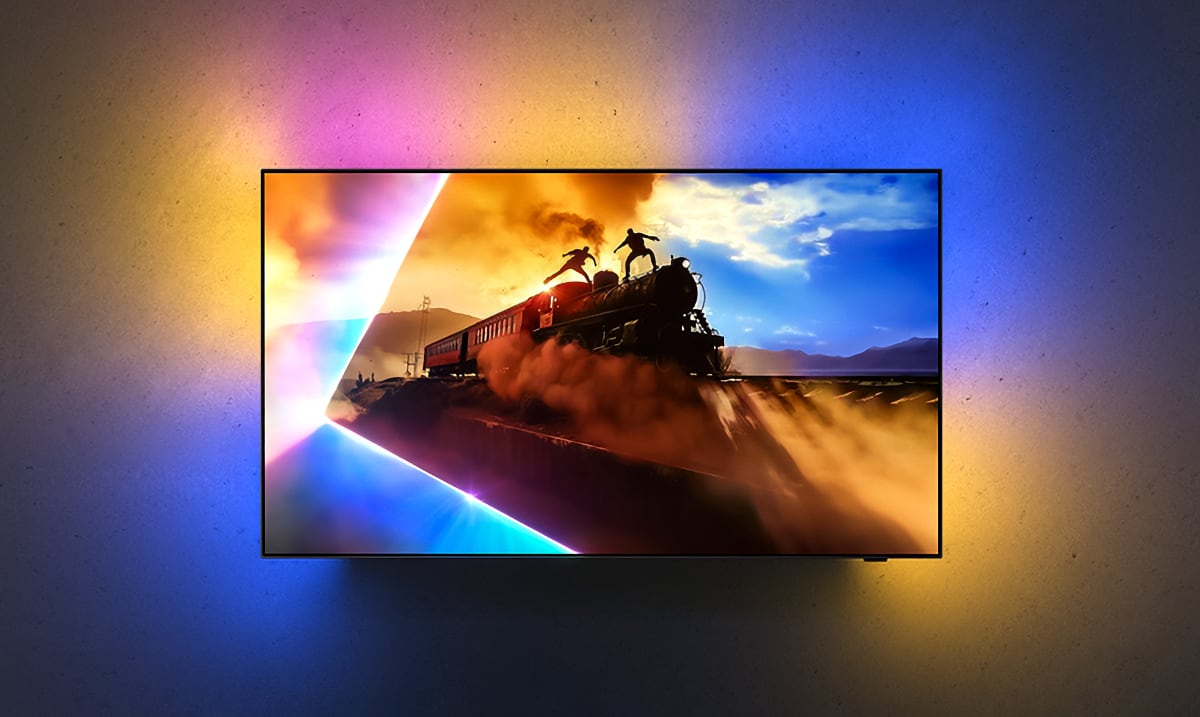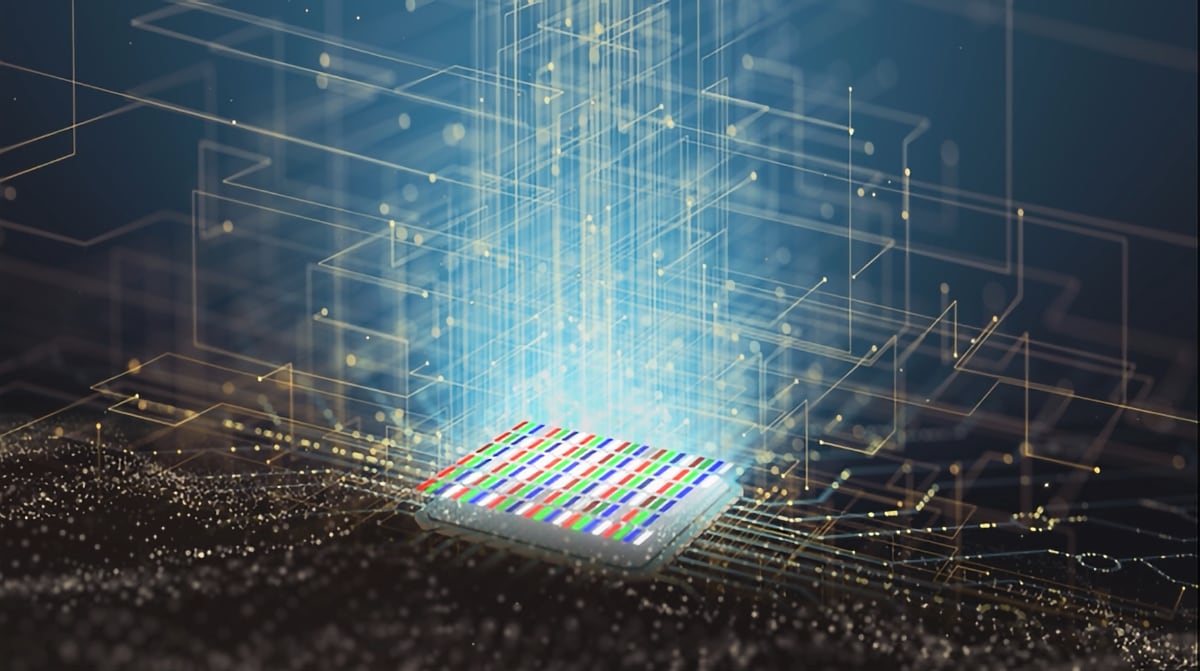A few days ago, Pioneer announced they were quitting one of their businesses. It was a small news item, only released in Japan, so it was easy to miss it. And if you did see it, there's a fair chance its coverage misinterpreted the news.
It was not about the (Ultra HD) Blu-ray Disc hardware business. It was about the business of optical disc drives for PCs – ODDs that can read and write (or 'burn') formats including CD-R/RW, DVD±R/RW, BD-R, and BD-RE, as well as BDXL. And in some cases also read BD-ROM 3.0 discs, commonly known as Ultra HD Blu-ray.
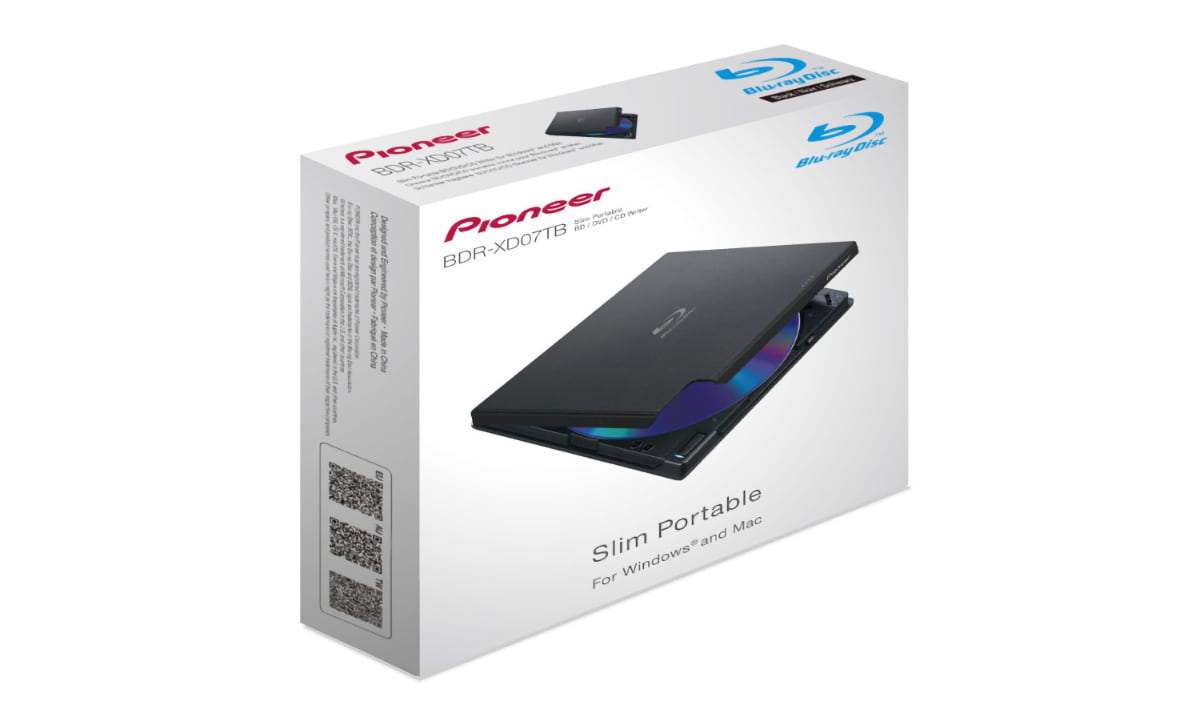
No more of these – Pioneer BDR-XD07TB external CD/DVD/BD writer
A similar confusion arose a few months earlier, when Sony made a similar announcement. In their case, it was about quitting the business for recordable media, which led to lots of coverage dooming the physical media market, but that really wasn't what was at stake. Sure, the movie disc market is in decline, but neither the Pioneer nor the Sony announcement was directly related to that. These are consequences of the fact that very few people nowadays use discs to store files, make backups, or even record audio/video discs to play.
Since the beginning of this century, Hard Disk Drives have taken over that role, and in turn, they've been increasingly replaced by solid state storage. (No, there's no such thing as cloud storage. As the T-shirt wisdom goes, there is no cloud – it's just someone else's computer, and it still uses some physical memory to store bits, be it an HDD or a SSD – a Solid State Drive.)
End of an era
Pioneer withdrawing from the optical disc drive business does mark the end of an era for the company, and the industry. Pioneer has been at the forefront of optical disc technology since its earliest beginnings. In 1980 Pioneer launched its first LaserDisc player, the VP1000. This was just before the dawn of semiconductor lasers that made the CD (launched in 1982) possible. These early, top-loading LD players uses Helium-Neon gas lasers, and only after CD became a major success, LD players got re-engineered around semiconductor lasers and tray loaders.
Pioneer marketed LD players (and also discs) so loyally and successfully that most people associate LaserDisc with the company rather than with Philips, who actually developed the format. And while VHS became the mass-market video format of choice for consumers, LaserDisc ended up as a videophile format for movie collectors and cinephiles. This was a niche market, but Pioneer was the undisputed hardware leader in this niche throughout the late eighties and most of the nineties. Of course, after the launch of DVD, production of LaserDisc players quickly wound down, but it didn't fully end until 2009.
From LD to CD to DVD to BD and UHD BD
Pioneer has successfully made CD players for the home and especially for the car, and became one of the biggest brands in DVD players. Uniquely, Pioneer bridged the transition for LaserDisc users by launching a range of LD/DVD/CD combo players, taking pretty much every common disc format from 3” mini-CDs to 8” and 12” LaserDiscs.
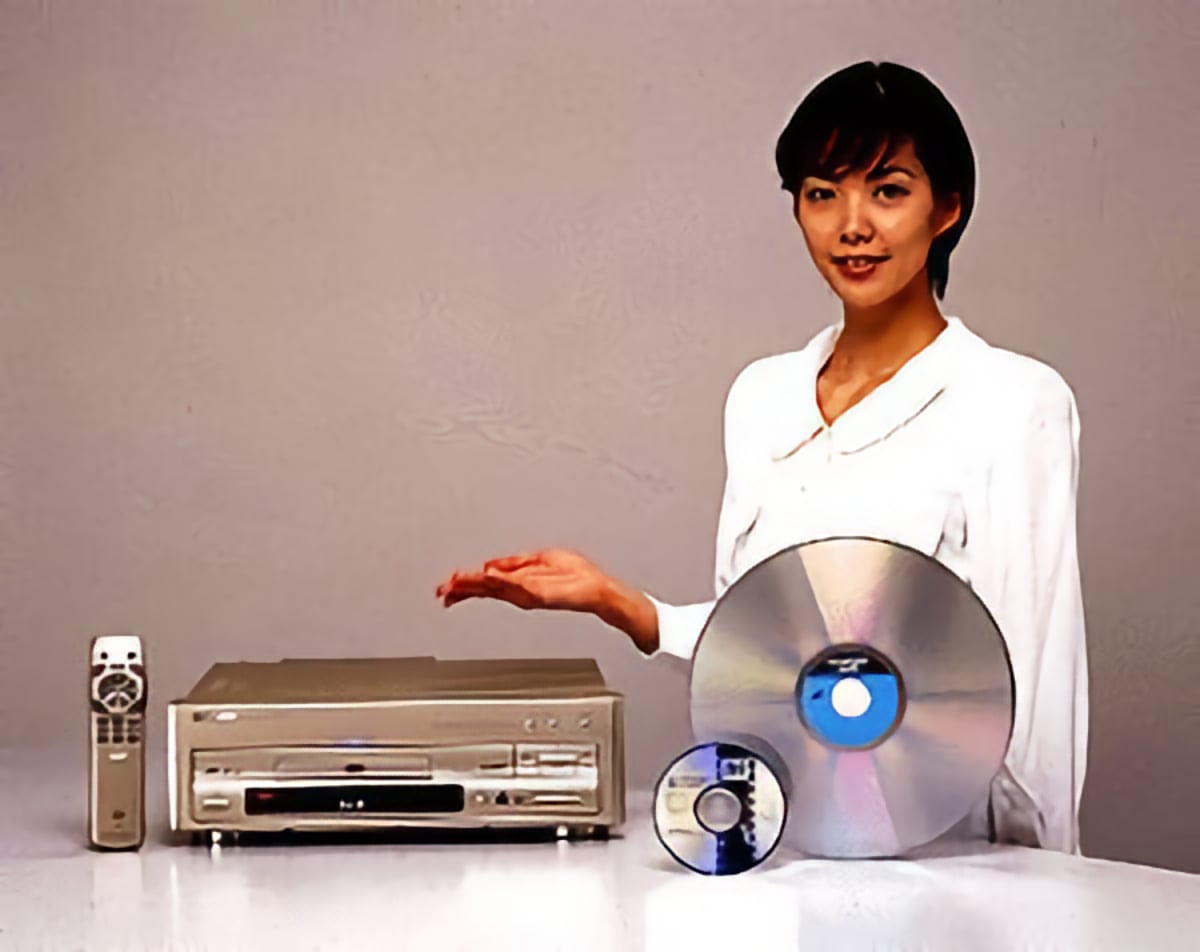
A Japanese model DVL-700, their first LD/DVD/CD combi player. The gold color was only available in Japan. The American model was black.
In the early 2000s, the company pioneered multi-standard players after the competing DVD-Audio and Super Audio CD formats had launched. Around the same time, Pioneer launched one of the first DVD Video Recorders, based on the DVD-R/RW format.
In 2006, when the HD-DVD and Blu-ray Disc formats launched, Pioneer bet on the right horse and introduced a Blu-ray Disc player, followed by many other models over the next 10 years.
In 2018, Pioneer announced two 4K Ultra HD Blu-ray players, the UDP-LX500 and UDP-LX800. It's possible the U in 'UDP' referred to Ultra HD, but likely UDP stood for Universal Disc Player. After all, these devices supported Ultra HD Blu-ray, Blu-ray 3D, regular Blu-ray Disc, DVD-Video, DVD-Audio, Super Audio CD and CD-DA. They launched in 2019 – three years after the format's launch.
By this time Oppo, long the undisputed leader in universal disc players, had already left the market to focus on smartphones. The Pioneer players filled the gap in the high-end that Oppo left. They weren't cheap (about $1000 and $2000, respectively) but both products got great reviews.
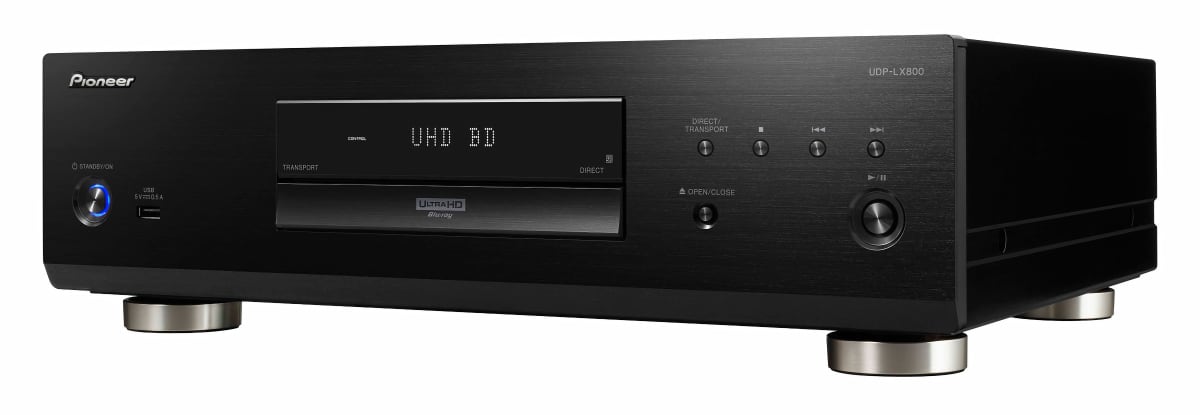
Pioneer UDP-LX800 Ultra HD Blu-ray Disc Player (Elite-branded in North America)
By 2020, covid19 had struck and impacted Pioneer as well. The pandemic caused major disruptions of the global supply chain, resulting in component shortages. Pioneer had to halt production. It was never resumed. There was never an official announcement about this, but from 2020 on, there was no more production.
Pioneer today
As of this month, Pioneer no longer makes optical disc drives for PCs. The market had become too small, with most PC users since many years choosing different storage options. Products remain available only as long as stocks last, which probably isn't long. According to the statement, Pioneer Digital Design and Manufacturing (PDDM) has been sold to Chinese company Shanxi Lightchain Technology Industrial Development.

Pioneer BDR-XS07TUHD01 – one of their last models, a slot-loading type. Earlier external drives were top loaders while drives before that were “half height' internal models with tray loaders, for mounting in a desktop PC
Pioneer has held out admirably long. The disc burner business, which probably peaked around the middle of the first decade of this century, was extremely competitive. Not just in terms of the speed race – ever higher writing speeds for all of the recordable and rewritable disc formats – but especially in terms of price. The competition was so fierce that most of the electronics giants saw themselves forced to join forces and form JVs to stay in business – Sony with NEC, Toshiba with Samsung, Hitachi with LG, and Philips with BenQ (the automotive optical drive business went to LiteOn).
Like many other CE companies, Pioneer is a much smaller company today than in the past, making fewer products. Pioneer mainly still makes car audio and 'display entertainment' for automotive use; DJ gear; and AV receivers.
You can today buy Pioneer TVs, but they're not made by Pioneer. In 2008, Pioneer launched range of awesome plasma TVs. They were called 'Kuro' – the Japanese word for 'black' – because of their excellent black levels. In 2009, the company stopped making TVs altogether. From 2013, Sharp made Pioneer-branded LCD TVs for a while. After that, the brand has been absent from the TV market for many years, to resurface only by 2021. This time it's TCL that's licensing the Pioneer brand. They're using it on TVs with two of the many operating systems they support – Fire TV (Amazon's OS) and since 2023 Xumo (Comcast's).
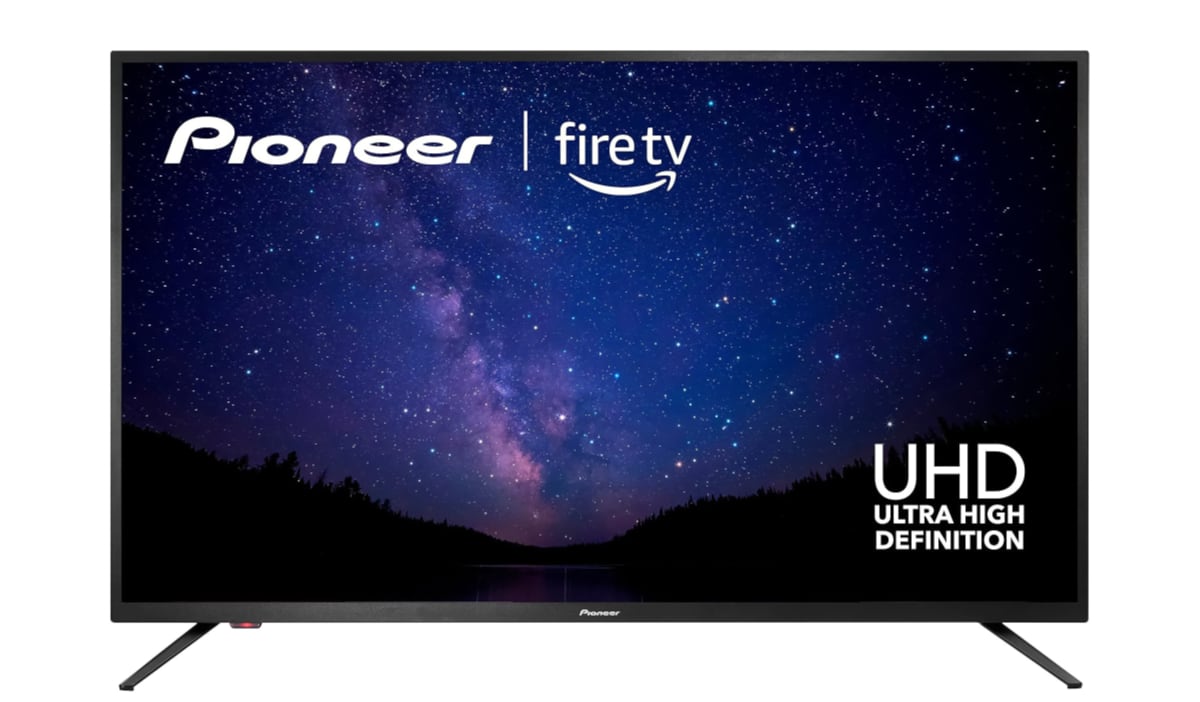
PN43951-22U - a Pioneer-branded LCD TV made by TCL
The shrinkage of the company, the shedding of businesses and the licensing of their brand is nothing unique in the CE business. Many other companies have gone down the same path, including Philips, Toshiba, Hitachi, JVC, Sharp and RCA, to name just a few.
In 2015, Pioneer merged with Onkyo, a fellow Japanese audio brand. In 2019, it looked like Onkyo/Pioneer along with their Integra brand was going to be acquired by Sound United, the company formerly known as Denon/Marantz. This would have fit perfectly with the trend of ongoing consolidation of audio brands under a few umbrella companies such as the International Audio Group (IAG) and Harman International. Sadly, this deal fell through. In the meantime, in 2022, Sound United itself got acquired. It hasn't prospered, and its new parent company, Masimo, recently began trying to unload it. In fresh news this week, Harman has bought it.
In 2021, Onkyo/Pioneer got acquired by Premium Audio Company (PAC), a subsidiary of VOXX, which also owns several other brands including Jamo and Klipsch. Let's hope this will be successful.
Pioneer hasn't entirely left the disc hardware business yet – it still sells car CD players (likely made by an OEM in China), but the PC drive business has come to and end. A difference with Sony is that while they have also quit with optical storage, they still make Ultra HD Blu-ray players. In fact, after a 6-year hiatus, earlier this year they've launched a 'new' model.
For sure we're not going to see Kuro OLED TVs or new Pioneer UHD BD Players in the future, but here's to hoping the company will survive many years to come. They've got a legacy of truly great products.
Yoeri Geutskens works as a consultant in media technology with years of experience in consumer electronics and telecommunications. He writes about high-resolution audio and video. You can find his blogs about Ultra HD at
@UHD4k and
@UltraHDBluray.

